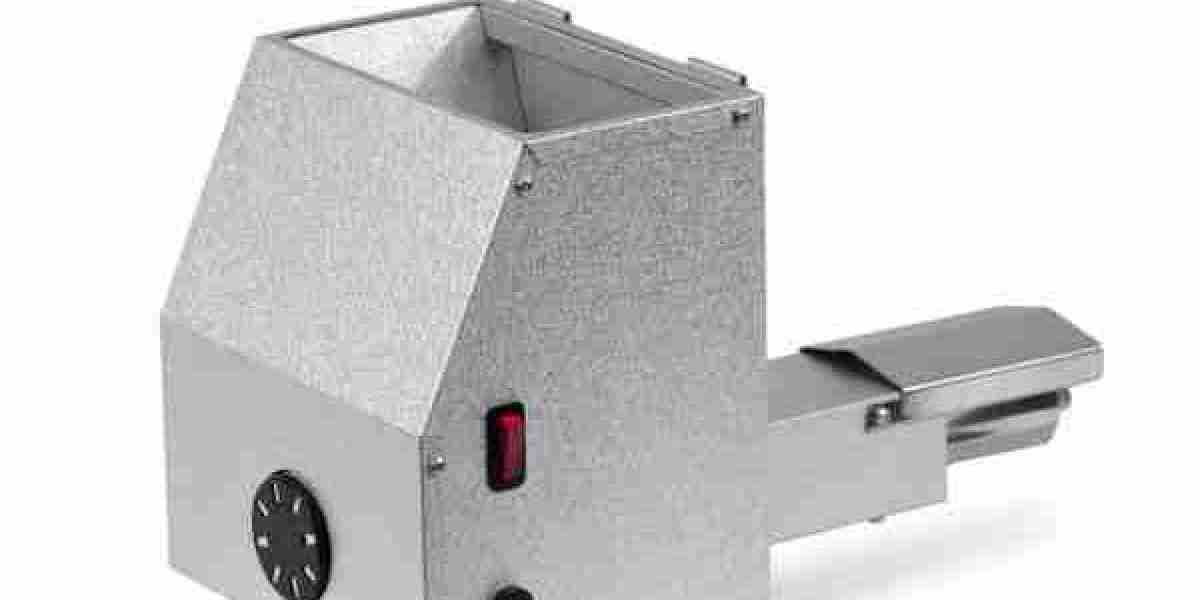The desktop 3D printer market has experienced significant growth in recent years, revolutionizing industries from manufacturing to healthcare, education, and consumer products. With an expanding user base, ranging from small businesses to hobbyists, the demand for accessible and affordable 3D printing solutions has never been higher. However, despite the growing popularity and technological advancements, the market faces a number of pain points that continue to challenge both manufacturers and users. These pain points—ranging from cost and material limitations to technological issues—pose substantial barriers to widespread adoption. In this article, we will explore the key pain points hindering the growth and development of the desktop 3D printer market and examine potential solutions to address them.
1. High Initial Costs
One of the most significant pain points for users entering the desktop 3D printer market is the high initial investment required. While the cost of entry-level 3D printers has decreased over the years, professional and industrial-grade models remain expensive. Small businesses, educational institutions, and individual users often struggle to justify the upfront expense, especially when they are uncertain about the return on investment (ROI).
The high initial cost not only includes the printer itself but also the necessary materials, software licenses, and maintenance. Even though 3D printing has the potential to reduce production costs in the long run, the initial expense can act as a deterrent for potential buyers. To overcome this pain point, companies need to continue developing affordable, user-friendly desktop 3D printers while ensuring that the benefits outweigh the initial financial burden.
2. Limited Material Options
Another significant pain point in the desktop 3D printer market is the limited range of materials that can be used. While filament-based 3D printers (FDM) primarily work with materials such as PLA, ABS, and PETG, these materials may not be suitable for all applications. Industries like aerospace, automotive, and healthcare require specific materials that can withstand harsh conditions, offer precise tolerances, or have advanced properties such as biocompatibility or electrical conductivity.
For small businesses and individual users, the lack of diverse material options restricts their ability to create more specialized, high-performance products. While some desktop 3D printers support a variety of materials, the cost of these materials often makes them impractical for many users. To address this issue, manufacturers need to innovate in developing new materials that are both cost-effective and versatile, allowing for a broader range of applications across various industries.
3. Slow Printing Speeds
Desktop 3D printers, particularly FDM and SLA models, are known for their relatively slow printing speeds. Depending on the complexity and size of the object being printed, the process can take several hours, and in some cases, even days. For businesses or professionals who need to produce multiple parts or prototypes within tight deadlines, the slow pace of 3D printing is a significant pain point.
Slow printing speeds not only limit productivity but can also lead to increased operational costs, as businesses need to allocate more resources to the printing process. While technological advancements have improved printing speeds to some extent, the trade-off between speed and quality remains a challenge. Striking a balance between faster print speeds and maintaining high-quality output will be crucial to address this pain point and further accelerate the adoption of desktop 3D printing.
4. Complex Setup and Operation
For many users, especially beginners or hobbyists, setting up and operating a desktop 3D printer can be a daunting task. From assembling the printer to configuring software settings and optimizing print parameters, the process requires a significant amount of technical knowledge. In addition, troubleshooting issues such as calibration, print bed adhesion, and material handling can be frustrating for users who lack prior experience.
This complexity limits the accessibility of 3D printing technology, as many potential users may feel overwhelmed or discouraged by the steep learning curve. To alleviate this pain point, manufacturers must design more user-friendly printers that are easier to set up, operate, and maintain. Simplified user interfaces, improved tutorials, and better customer support will help make desktop 3D printers more accessible to a wider audience.
5. Lack of Standardization
The desktop 3D printer market remains highly fragmented, with a wide variety of printers, materials, and software solutions available. Unfortunately, this lack of standardization can create compatibility issues. For example, a user may find that a particular printer only works with specific materials, or a 3D model file may not be compatible with certain software. This fragmentation adds complexity to the 3D printing process and limits the ability for users to mix and match components from different manufacturers.
A lack of standardization also affects the interoperability of 3D printers in industrial environments, where seamless integration between printers, CAD software, and other tools is essential. To mitigate this pain point, the industry must push for common standards regarding file formats, material specifications, and software compatibility. Establishing standardized protocols would streamline the 3D printing process and improve the overall user experience.
6. Limited Post-Processing Capabilities
Post-processing is a crucial step in 3D printing, especially when it comes to enhancing the surface finish, strength, and overall quality of the printed object. However, the desktop 3D printer market has limited post-processing capabilities, which can leave parts with rough surfaces or poor detail. While post-processing techniques such as sanding, painting, or chemical treatments can improve the final product, they require additional time, expertise, and resources.
In industries where precision and aesthetics are important—such as healthcare and consumer products—post-processing is often a time-consuming and expensive process. To address this pain point, manufacturers should focus on improving the built-in post-processing capabilities of 3D printers. For instance, integrating more advanced technologies, such as automated surface smoothing or multi-material printing, could enhance the overall finish and reduce the need for manual post-processing.
7. Environmental Concerns
Environmental sustainability is becoming an increasingly important issue for industries worldwide, and desktop 3D printing is no exception. The production of plastic filaments, which are commonly used in 3D printing, contributes to plastic waste, and the energy consumption of the printing process can be relatively high. Additionally, most 3D-printed objects are not biodegradable, leading to concerns about long-term environmental impact.
In response to these concerns, the industry must develop more eco-friendly materials and energy-efficient printing technologies. For example, using recycled plastics or biodegradable filaments can help reduce the environmental footprint of 3D printing. Additionally, manufacturers could look into ways to minimize energy consumption during the printing process, making desktop 3D printers more sustainable.
Conclusion
The desktop 3D printer market is undoubtedly transformative, offering new possibilities for innovation and customization across a range of industries. However, key pain points such as high costs, material limitations, slow printing speeds, complex setup, and environmental concerns continue to pose challenges to widespread adoption. By addressing these issues through technological advancements, standardization, and improved user experiences, the desktop 3D printer market has the potential to overcome these pain points and unlock even greater opportunities for businesses and consumers alike.




